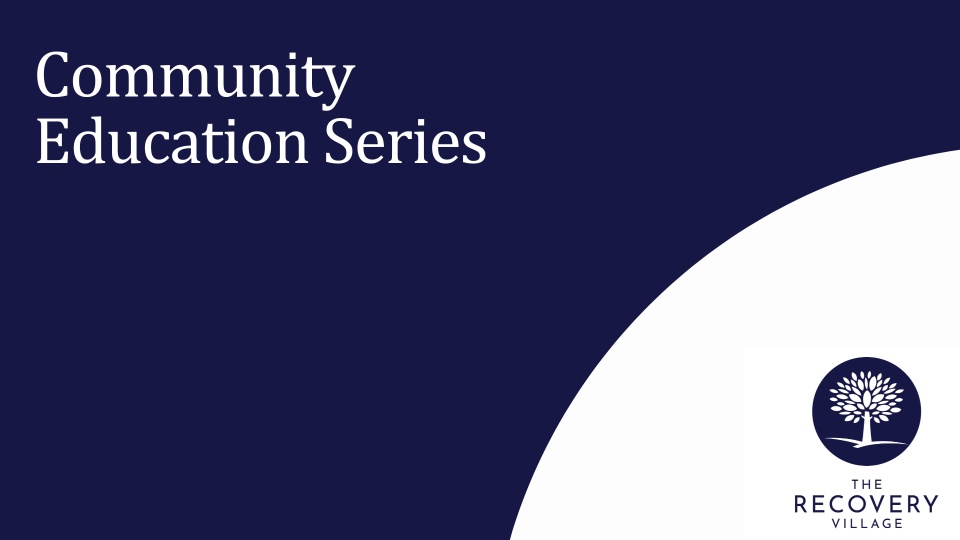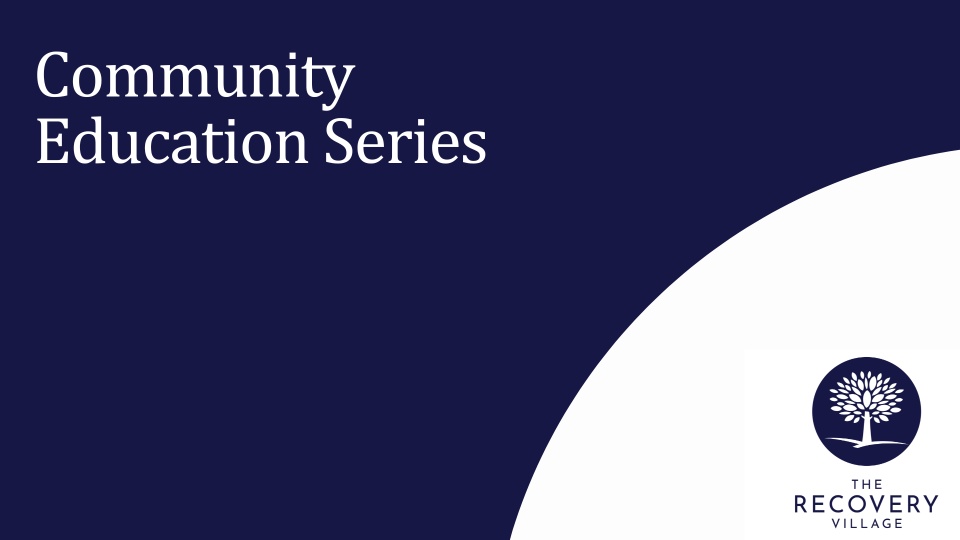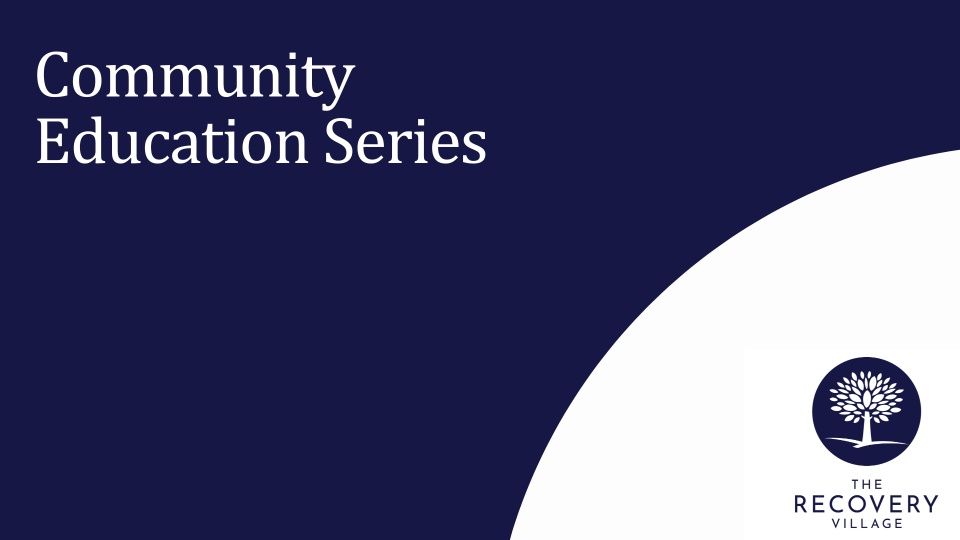Estimated watch time: 31 mins
Available credits: none
Objectives and Summary:
In this community education webinar, Miss America 2020, Camille Schrier discusses the many ways taking prescription medicines can lead to an addiction and what signs to look for. She will overview some of the prescription drug crises affecting Americans today.
After watching her presentation, the viewer will be able to:
- Identify risk factors and the history of use for opioids and prescription drugs in the United States.
- Be comforted in knowing that they are not alone in their addiction.
- Be empowered to make smart, informed choices to help them achieve their goals for addiction recovery and prevention.









